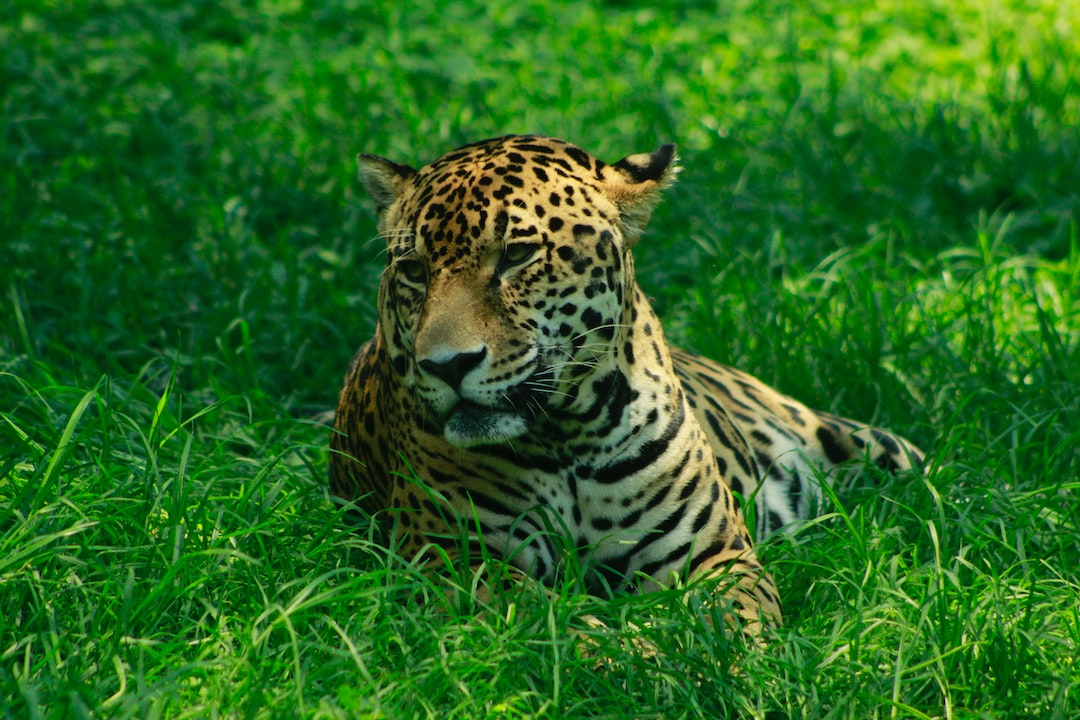How Technology is Helping Wildlife Conservation
Technology has revolutionized various aspects of human life, and the field of wildlife conservation is no exception. With the rising threats to biodiversity and habitats due to human activities, the power of technology is proving to be an invaluable tool in monitoring, understanding, and protecting wildlife.
One of the major challenges faced by conservationists is the monitoring of animal populations in vast and remote areas. Traditional methods, such as direct observation and manual data collection, are time-consuming and often inaccurate. However, with the advent of technological advancements, conservationists can now rely on innovative tools to gather vital information.
One such tool is the use of drones for aerial surveys. Drones equipped with cameras and thermal imaging technology allow researchers to monitor wildlife populations from above, providing a comprehensive view of habitats and their inhabitants. This non-invasive method helps gather data on species distribution, density, behavior, and habitat suitability. Drones are particularly beneficial in monitoring endangered species, as their aerial perspective enables the identification of individuals and their movements, facilitating targeted conservation efforts.
In addition to drones, satellite imagery is also used to monitor habitats and wildlife populations. High-resolution satellite imagery provides real-time data on changes in land cover, vegetation quality, and habitat fragmentation. Conservationists can use this information to identify areas of concern and take necessary steps to mitigate the threats to wildlife and their habitats. Satellite imagery also aids in tracking migratory species by identifying important stopover sites and migration routes, critical information for their conservation.
Advancements in camera technology have revolutionized wildlife monitoring and research. Camera traps are equipped with motion sensors that capture images or videos when triggered by an animal’s movement. These devices are incredibly effective in recording elusive and nocturnal species that are otherwise difficult to study. Camera traps help identify species presence in an area, estimate population sizes, track individual animals, and monitor behaviors such as mating, feeding, and social interactions.
Furthermore, the use of artificial intelligence (AI) and machine learning algorithms has greatly enhanced the effectiveness of camera trap data analysis. These technologies can automatically detect and classify species in thousands of images, significantly reducing the time and effort required for manual identification. This allows researchers to process large amounts of data quickly and accurately, enabling better decision-making and conservation planning.
Another area where technology is making significant contributions to wildlife conservation is in the field of genetic research. Environmental DNA (eDNA) sampling uses advanced techniques to extract and analyze DNA traces left behind by organisms, such as skin cells, feces, or scales. This non-invasive method provides valuable genetic information about species presence and abundance in an ecosystem. eDNA sampling has proven particularly useful in detecting rare and elusive species, as well as invasive or endangered species that may be difficult to observe directly.
Technology is also playing a crucial role in addressing the global issue of wildlife trafficking. With the use of advanced tracking systems, such as GPS and radio collars, authorities can monitor the movement of animals in real-time and detect any suspicious activities. DNA-based forensic tools help identify the origin and species of confiscated wildlife products, aiding law enforcement in prosecuting illegal wildlife trade. Additionally, social media monitoring and artificial intelligence algorithms help identify and track online wildlife trade, leading to the identification and arrest of key players in this criminal activity.
In conclusion, technology is revolutionizing the field of wildlife conservation by providing innovative tools for monitoring, research, and protection. Drones, satellites, camera traps, AI, eDNA sampling, and tracking systems are some of the technologies that are transforming the way we understand and safeguard our planet’s biodiversity. By harnessing the power of technology, conservationists can make informed decisions, conserve habitats, and protect endangered species, ultimately ensuring a sustainable future for wildlife.

